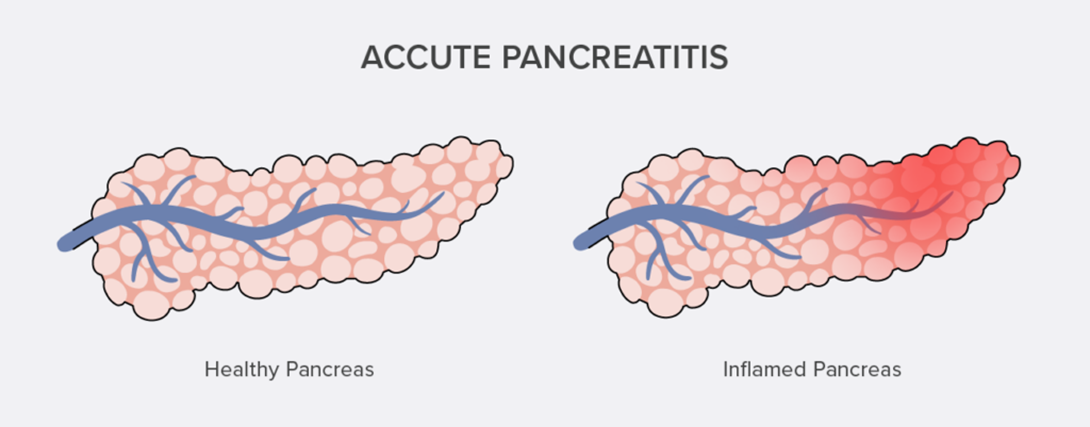RN Medical Surgical HESI
RN Medical Surgical HESI ( 44 Questions)
The nurse is caring for a client who had a cholecystectomy two days ago. The client is febrile, reporting upper abdominal pain radiating to the back and has had three episodes of vomiting in the last 8 hours. The nurse reviews the client's serum amylase and lipase level results which are twice the normal value. Based on these findings, the nurse should recognize the client is exhibiting symptoms of which condition?
This is incorrect because hepatorenal failure is a condition that involves both liver and kidney dysfunction, usually as a complication of cirrhosis or portal hypertension. The symptoms of hepatorenal failure may include jaundice, ascites, edema, oliguria, or encephalopathy. However, these are not consistent with the client's presentation of fever, abdominal pain, vomiting, and elevated amylase and lipase levels.
This is correct because acute pancreatitis is an inflammation of the pancreas that can be caused by gallstones, alcohol abuse, trauma, infection, or drugs. The symptoms of acute pancreatitis may include fever, upper abdominal pain that radiates to the back, nausea, vomiting, and elevated amylase and lipase levels. These are consistent with the client's presentation and suggest that the cholecystectomy may have triggered an attack of acute pancreatitis.

This is incorrect because surgical site infection is an infection that occurs at or near the incision site after surgery. The symptoms of surgical site infection may include redness, swelling, warmth, pus drainage, or pain at the wound site. However, these are not consistent with the client's presentation of fever, abdominal pain radiating to the back, vomiting, and elevated amylase and lipase levels.
This is incorrect because biliary duct obstruction is a blockage of the bile ducts that carry bile from the liver and gallbladder to the intestine. The causes of biliary duct obstruction may include gallstones, tumors, inflammation, or scarring. The symptoms of biliary duct obstruction may include jaundice, dark urine, pale stools, itching, or abdominal pain. However, these are not consistent with the client's presentation of fever, abdominal pain radiating to the back, vomiting, and elevated amylase and lipase levels.
Choice A reason: This is incorrect because hepatorenal failure is a condition that involves both liver and kidney dysfunction, usually as a complication of cirrhosis or portal hypertension. The symptoms of hepatorenal failure may include jaundice, ascites, edema, oliguria, or encephalopathy. However, these are not consistent with the client's presentation of fever, abdominal pain, vomiting, and elevated amylase and lipase levels.
Choice B reason: This is correct because acute pancreatitis is an inflammation of the pancreas that can be caused by gallstones, alcohol abuse, trauma, infection, or drugs. The symptoms of acute pancreatitis may include fever, upper abdominal pain that radiates to the back, nausea, vomiting, and elevated amylase and lipase levels. These are consistent with the client's presentation and suggest that the cholecystectomy may have triggered an attack of acute pancreatitis.

Choice C reason: This is incorrect because surgical site infection is an infection that occurs at or near the incision site after surgery. The symptoms of surgical site infection may include redness, swelling, warmth, pus drainage, or pain at the wound site. However, these are not consistent with the client's presentation of fever, abdominal pain radiating to the back, vomiting, and elevated amylase and lipase levels.
Choice D reason: This is incorrect because biliary duct obstruction is a blockage of the bile ducts that carry bile from the liver and gallbladder to the intestine. The causes of biliary duct obstruction may include gallstones, tumors, inflammation, or scarring. The symptoms of biliary duct obstruction may include jaundice, dark urine, pale stools, itching, or abdominal pain. However, these are not consistent with the client's presentation of fever, abdominal pain radiating to the back, vomiting, and elevated amylase and lipase levels.
